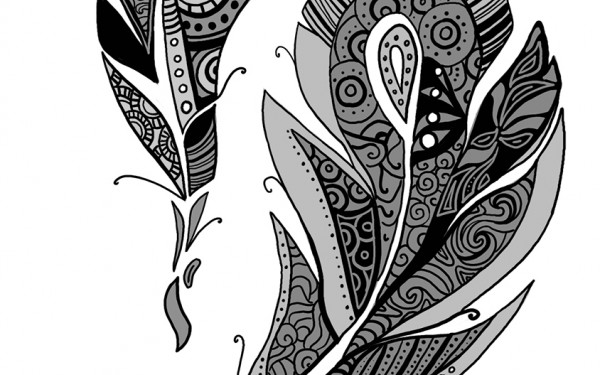Code Words Won’t Prevent Sexual Violence in Bars
Last week, the Quebec student group began campaigning for the use of the code word in student bars. Ordering an Angelot would be a way to discreetly let the bar staff know that you are feeling threatened or harassed.
Two bars have already signed on with this initiative, one in Montreal and one in Quebec City, and I hope they are the last.
I’ve worked at a bar in the city for the past year. I am fully aware how bars brew the potential for sexual harassment. But when any of my coworkers and I witness an individual getting unwanted attention, our radar goes up and we’re in protection mode. Typically, someone’s body language is the first indicator of his or her discomfort and without the need for verbal intervention, a staff member can step in.
If staff would not do the same in all—or at least the majority—of Montreal student bars, then the overarching issue here is a lack of education on sexual harassment and violence.
The initiative encourages bar patrons to ask for their Angelot with ice, without ice or with lime—each order revealing what type of situation he or she is in. From the drink order, the staff will know whether the victim wants to be escorted from the premises or whether a more serious offence has occurred and the police should be called. To me, it seems counter-intuitive that the victim must leave the bar when it should be the sexual offender who is promptly removed.
Though the goal is to help prevent sexual violence, I fail to see how using a code word to speak with a staff member will attain that objective. If the incident escalates to police involvement it is much more efficient to say, “please call the police,” than to speak in code and run the risk of being misunderstood. Even if bars have a universal code word, there is still ample room for error. The situation counts on both parties, victim and staff, to be accurate in their understanding of the code. Some bars in the U.S. and U.K. have adopted the initiative—the code phrase in U.K. is, “Ask for Angela” and in the States, it’s an “Angel Shot.”
Considering all the American tourists who visit Montreal for its nightlife, how should bars accommodate them in a dangerous situation?
The initiative encourages discretion but, depending on the victim’s level of comfort, altercations should be called out openly. By using a code word, the offender fails to be called out publicly and gets off the hook without any social consequences. In a case where an assailant is aware of their malfeasance, they may even benefit from secrecy. Or a harasser may not realize the discomfort he or she is causing and should be given a chance to learn what type of behavior is unacceptable.
Instead of being a progressive step towards creating a safer environment for young people at a bar, the Angelot initiative sets us back by failing to educate people about the concept of consent.
Should a victim desire or require discretion, a certain set of circumstances is necessary for such discretion to be attained. Consider the pragmatics: using Angelot may not be practical if the bar is of a certain size or is quite busy. Or perhaps the bar’s layout is set up in a way that requires a victim to physically approach the bar on the other side of the room. When a staff member asks for the assailant to be identified, pointing them out from another side of the room cedes that discretion.
If the goal is to promote social awareness of sexual violence, there are much more effective methods of doing so. Having bars sign an agreement to educate employees on the risks customers face as part of their training is one example, or setting up protocols for bar staff to follow when they witness a possible incident. Encouraging customers to look out for each other by setting up signs and posters on the walls and bathroom stalls that remind people to be cautious and aware of the possibility of harassment and violence is another example.
According to canadianwoman.org, women account for 92 per cent of police-reported sexual assault and those between the ages of 15 and 24 are 18 times more likely to be targeted than women aged 55 and older.
Knowing code words for ‘help’ doesn’t stop sexual assault. By being taught these statistics and knowing who is more likely to be targeted by sexual predators, staff members can be proactive at keeping their clientele safe. Victims may be reluctant to come forward, but education and awareness can stop harassment before it goes too far.



_600_375_90_s_c1.jpg)

